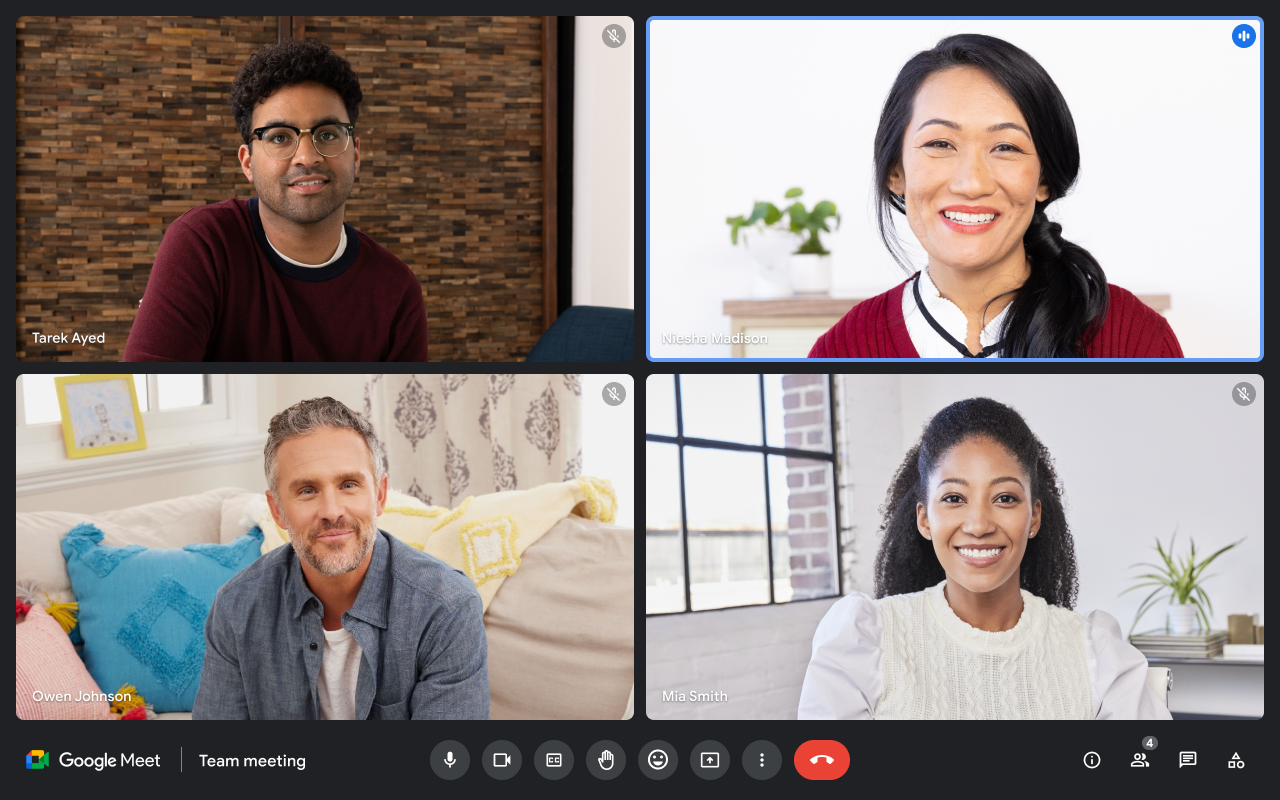Positioning is the craft of standing out from the crowd. It’s what makes Google and Bing different, it’s why people buy so many Tesla products. It’s also why Apple rules the smartphone market.
So, how can you position your courses ahead of the curve
- Choose your positioning
- Write proper blogs and create assets
- Create repeatable campaigns
- Make users leave testimonials
- Close with demos
How to position your courses?
Choose your positioning

There are 4 key positioning strategies people usually choose from.
- Competitive positioning – Is your product the best in the marketplace? This is a tool best used by people at the cutting edge in terms of innovation and other things. If you’ve got better features and credentials to go with your courses, you can use that to position your courses.
Google’s Pixel ads are a great example of this.
- Product positioning – Think about how you can solve your customer’s problems. One of the best spaces to view this in real-time is seeing the Apple ad that emphasizes how children can do Homework using the iPad. It’s simple, but it shows off the capabilities of the product with a heartwarming story.
Can your course solve a pain point too? Put the first feet forward in designing and marketing using your solutions to those pain points. - Situational positioning – If you’re ever promoting your courses to people affected by a specific event, this should be your go-to. Think about how your product can help them solve their current problem, drill down on it, and continue creating marketing assets until they trust you to run with it.
Squarespace’s Big Bowl spot is an example, it captured the problems of people who couldn’t sell their products properly.
- Perceptual positioning – It’s where you change the perception of a person about your product. The perception of your product can be changed by making analogies, creating new things, and even making wild outlandish ads.
Mercedes Benz has a masterclass on this with the Chicken ad, which redefined stable driving and caught eyeballs.
Once you choose a type of positioning to go with your product, start thinking about your strategy and how you will go forward. And here are the steps you would need to follow.Find your buyers
Isolate a small group of people you want to reach out to. Write out complete profiles for them. Writing a mock Bumble or Tinder profile helps, as does writing out LinkedIn profiles. Once you have written that down, start with the next step.
Figure out where they hang out
Learn about the social networks that they hang around in and the places they frequent. This is the place where you will sell your courses,
Sell, sell, sell!
If you’ve figured out the place where you can sell your products, the fight is already won. You can do it by running around and doing it physically or selling ads. If you are low on capital, keep ad spending to a minimum and start creating organic assets.
Write proper blogs and prepare assets

There are only two parts you need to use to create everything you need for marketing. You need a blog and a Canva account. Write blogs about the courses you will sell, and bring the stories together. Write about:
- The things that will be taught – People will start appreciating your expertise and the things you bring to the project.
- The things your customers need – Throw some knowledge out for free and make sure that customers associate you with the solution to their problems.
- The things you sell – Write about the solutions you bring to your customers’ lives. You will end up using these as the place where sales would happen for your courses.
Now, use the Canva account to make marketing assets. This is what you will do with them:
- Create social media posts – Post on social media regularly and use the images to spark conversation with potential customers.
- Create website assets – Posters and everything else will catch the attention of the users who visit your site.
- Store brand identity – Choose the colors that work for your courses and store them on your website.
Create Repeatable Campaigns

Once you have created marketing materials and done your due diligence on the positioning, you can create campaigns.Your first set of campaigns is simple, you create guardrails with your positioning and with the brand identity. Now, you have the space to innovate and sell courses online without any problems.
The campaigns that generate the most amount of leads should be repeated so that you can maximize your revenue. This is where you will get the most amount of your customers and get more and more people in through your gate.
Make Users Leave Testimonials

After signing up your first set of customers, ask them to leave reviews. These become your space to expand. Record their videos and post them everywhere. Once you have this in place, more people will trust your positioning statement.So, when they come to your website, they’ll have proof that you have the expertise to back up your claims. When you create this kind of trust, you sell more courses, and you make more money.
Testimonials can become key drivers of revenue for your courses, and when you sell your courses that way, peple would flock towards you.
Close with demos

Demonstrations can drive your prospects to become customers. We’ve written a blog about how to do it. But, we’d recommend that you start taking a demo for most of your prospects. Having free knowledge helps people make decisions, and there will be your closing statement.
A Small Request
We’ve recently started the Course vertical on Wise. We’re also planning to launch a demo room feature which will let you schedule demos with potential customers without having to rely on calendly. It’s a simple product that is being developed and we’d love your feedback. Head over to our website to start with a free trial (Our courses vertical is essentially free for now, and you can continue using it for as long as you want without paying for subscription)




